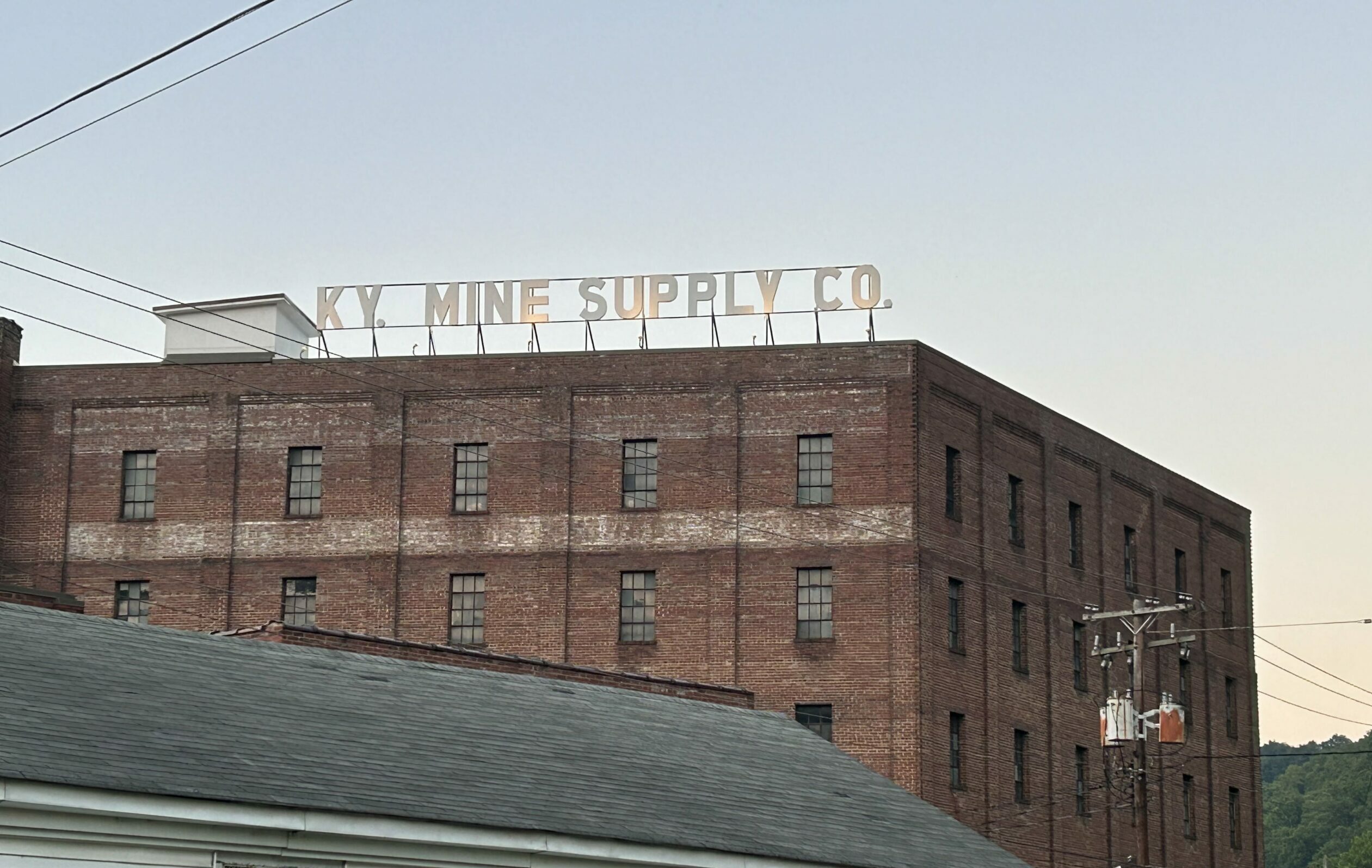A week volunteering with ASP provides the chance to understand the history and regional issues of Appalachia. This opportunity can present itself through talking with a community member about a historic battle or attending an evening gathering hosted by staff that provides context to the intersection of health and housing. Nothing beats just getting out and learning about the area you are in, especially in central Appalachia which is a site of dynamic culture and history.
Sarah and I traveled to eastern Kentucky this past week. Since the summer began, I have been looking forward to visiting this part of ASP’s service area. I am constantly listening to Tyler Childers and his ballads inspired by this region. My Appalachian Studies professors assign books that take place in Eastern Kentucky and give lectures on the Hatfield and McCoy feud. Yet, this past week was my first chance to see the landscapes I have heard so much about.
Our first few days were spent in Harlan, a place I was particularly interested in seeing. A few years ago, I watched the documentary, Harlan County, USA, which follows a coal miner strike in the county that began in 1973 and unravels into so much more. The film shows the mistreatment faced by those working in the mines and the tragedies that took place due to the negligence of coal companies. Not only do I find the film to be incredibly informative, but it is also emotional and one of the few examples of positive Appalachian representation in media. Driving through the county, the remnants of the injustices highlighted in the film are clear.
A few mines are still active and you may pass a coal truck every so often, but coal has dramatically declined. As coal dwindles, people are left with no jobs or security, the exact fears of those who went on strike all those years ago. A sign at a gas station we passed read, “We need coal. It IS our economy.” The ghost of this history still lingers in Harlan, but you have to go searching for it to understand the region today.
I had the chance to talk with a local homeowner, Eddie, who has lived in Harlan his entire life. After sitting down for an interview with him, I mentioned that I had shown the aforementioned film to some fellow staffers the night before. He was only 5 at the time of the strikes, but he still remembers the violent atmosphere that took over the county. Eddie could point out a few people he knew that are captured in the documentary, including his great-grandma. It was neat to have a connection in the real world to a film I truly love, but the conversation that ensued reminded me why it is so important to just ask people about their lives and homeplace.
Eddie and I talked about his love for animals, his wife’s charity work, and the decline of the coal industry that has affected the community. The loss of jobs has made life tough in Harlan, even though coal mining wasn’t an easy life either. Although it can be tough to keep positive, Eddie has his snakes and a loving wife who cooks free meals for the community. He can look towards his faith and the community of support that surrounds him, whether that be ASP crews working on his home or local charities that have aided him in the past. Our conversation illuminated how he finds peace even when living through hardship.
Talking about local issues with locals is always more rewarding than reading about them online or watching a documentary, no matter how well made. Still, having this prior knowledge gave me a foot in the door when opening up this conversation with Eddie. Whether you keep up with the current politics of Appalachia or take some notes from a speaker hosted at an ASP culture night, having some topics in your pocket that you can bring up to a homeowner can open up a whole discussion that could shift your perspective or give you a better understanding of where you are serving.
Many volunteers I have met so far have mentioned how exciting it is to be in this part of the country and have the chance to learn the history. A good place to start is just talking with the people around you. They know the history and the struggles that linger in all these counties. So much of the draw of ASP is getting to make connections with the homeowners. Not only can you spend a week with a person you would’ve never met otherwise, but it’s a learning opportunity that provides the chance to gain insight into Appalachia. I hope everyone who encounters ASP takes the chance to not only learn from evening gatherings and informative videos on YouTube but also the wonderful homeowners and region we serve.
Taylor Beam
Story Gathering Intern




